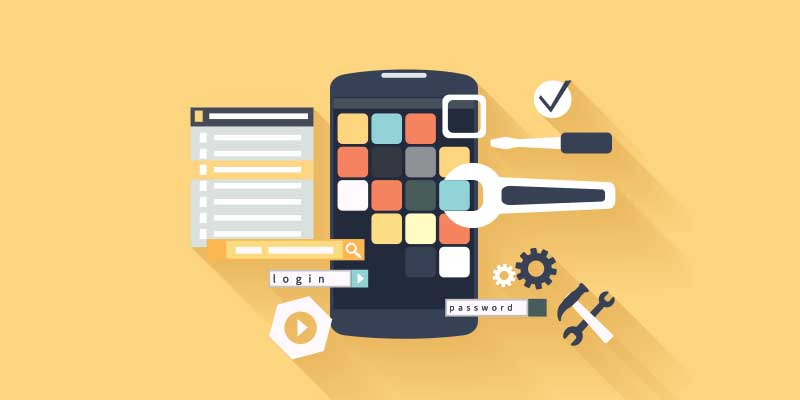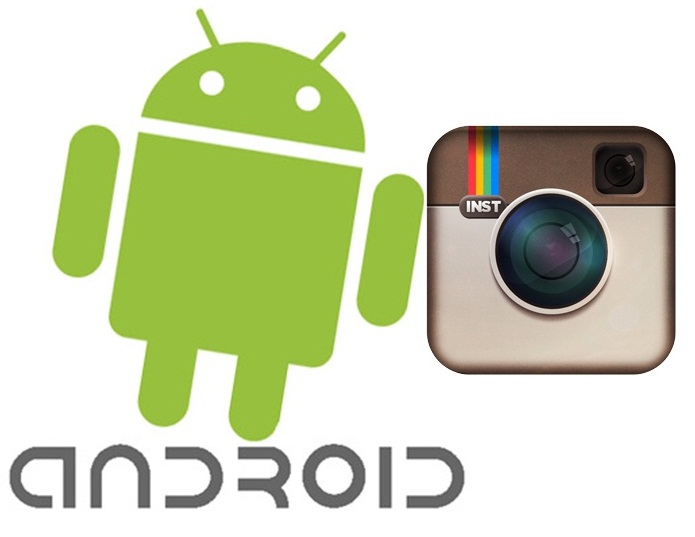There is a shift in people as they have gone mobile and depend highly on apps. With Android becoming the mainstream mobile platform, the craze for android apps has soared through the roof.
Android architecture is divided into various layers. It has a Linux core, and the periphery is dependent on various platforms, scripting languages, and UI design. Due to its versatility through using numerous programming languages, it is favored by all.
While building an app, it is necessary to follow a good architecture. Instead of piling everything under one class, you can use several sets of classes, each performing a separate task, bundled in a package. It helps you to organize, manage, and make revisions to your project.
Android Clean Architecture can help you manage, edit, and develop your app, which is easy to review and edit whenever required.
Contents
What is Clean Architecture?
Clean Architecture has many layers. Each of these layers connects to the immediate subordinate. They have different tasks but add up together to form a whole app.

The following layers make up the Clean Architecture:
Presentation Layer
The presentation layer is an advanced graphical user interface and experience layer and connects with the end-user. The graphical interface manages the user input and verifies that the user has entered data correctly. It also shows the results of user actions.
They are further subdivided into the UI and ViewModel layers. The UI contains everything displayed on the screen and captures user interaction while displaying data. The View Model layer formats data as entered by the user and verifies the data.
Business Logic Layer
It is the layer that is in charge of handling all the processes of the application. This layer helps the presentation layer provide the end-users of your app with a straightforward and easy process. Although it is the most important and stable layer, it is invisible to the end-user because of its complexity.
Data Layer
The data layer can be divided into repositories and data source layers.
- The Repository layer contains the logic that helps you to access data. It is essential if you want to access specific data. You need to ensure that you have all the repositories you require; however, you can always download them for your application if you do not have them.
- The Data source layer contains the data and makes sure that you can access the data. It contains the API data of your project.
How it Connects to Android Architecture
Android Libraries
They contain a set of readily available code that can be executed quickly. There are many types of library functions. They deal with building the framework of the application. Some of them are math, string, database, and graphics interface library functions.
Android Runtime
It contains a virtual machine that understands, compiles, and debugs code in a simple Java language. However, it contains libraries not only to compile the code but also to package it as an android application file.
Android Runtime offers flexible coding through its compiler and debugger to execute code. It contains code that helps users write for Android using standard and straightforward coding languages like Java. It enables you to build Android applications using a Java Code.
Application Framework
You can use the application framework to add high-level services to your Java classes. Thus, it will help you increase the features of your application with minimal coding.
They perform the following :
- Control all aspects of the application lifecycle and activity stack.
- Enables applications to communicate with each other.
- Informs the end-user by displaying notifications and alerts.
- It assists in creating user interfaces.
Applications
They are the packages that you will deploy for the end-user to download and install on their devices. It is the top-most layer of the Android software architecture, having a direct connection to the user.
How to Build An App With Android Clean Architecture?
Android apps are easy to develop but very prone to spaghetti code, made up of many code snippets.
Here are a few ways to design useful apps that will stand the test of time and will prevent maintenance headaches in the future:

MVC
Subdivide the code into models, views, and controllers (MVC). This is one of the basic rules you should follow for any Object-oriented codebase (Android app code being mostly Java; it applies very well here).
For Android, the objects are the models. They are the bodies that perform the work and contain data.
Activity class and XML are the views. They provide the end-user the feedback.
Meanwhile, classes communicating with backend and UI are the controllers that act as a direction sensor. They control the logic and flow of the data.
Mirroring Database Tables to Model Classes
If you have a User table, make sure you have a User class with the same instance variables as the database columns. It is useful for data processing and storing results of select queries.
Inner Classes and Onclick Methods
Many times developers end up writing hundreds of lines long onClick methods, written inside anonymous inner classes. Please avoid that for better readability. Refactor the code inside onClick methods into smaller methods and call them inside the onClick method.
Avoid Too Many Listeners
If your Activity class has many buttons and corresponding onClick Listeners, refactor them into customized classes outside of the activity class for better readability. You can declare the new OnClickListener class as protected and keep it in the same package where the activity class resides. This prevents any other class outside of the activity’s package to access them.
Offline Mode
Allow users to access all the app features as far as possible without internet connectivity by temporarily storing their information inside the app and then syncing with the cloud backend once connected to the internet. This helps in apps becoming successful in regions where the network connectivity is terrible.
Security and Network
Make sure not to store personal information locally on the application. Instead, use a secure encrypted cloud service to store any required data.
Screen Sizes
Screen sizes can cause a lot of problems across devices. Hence it is always best to use dots per inch (DPI) instead of pixels for better picture quality despite the device. Also, make sure that you have both portrait and landscape layout orientation.
Conclusion
Android development becomes efficient while using proper architecture. It also helps in rebuilding the app later or reshaping it according to needs. However, after building an app, use an application deployment tool to launch it to the world.

This is Rohan, I’m a Digital marketing Expert, Full time Content Writer and founder of BoxerTechnology.com I can help people across the world through my articles. I am sharing the latest stories from companies like Apple, Samsung, Google, and Amazon.






Leave a Reply